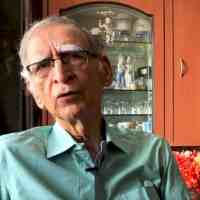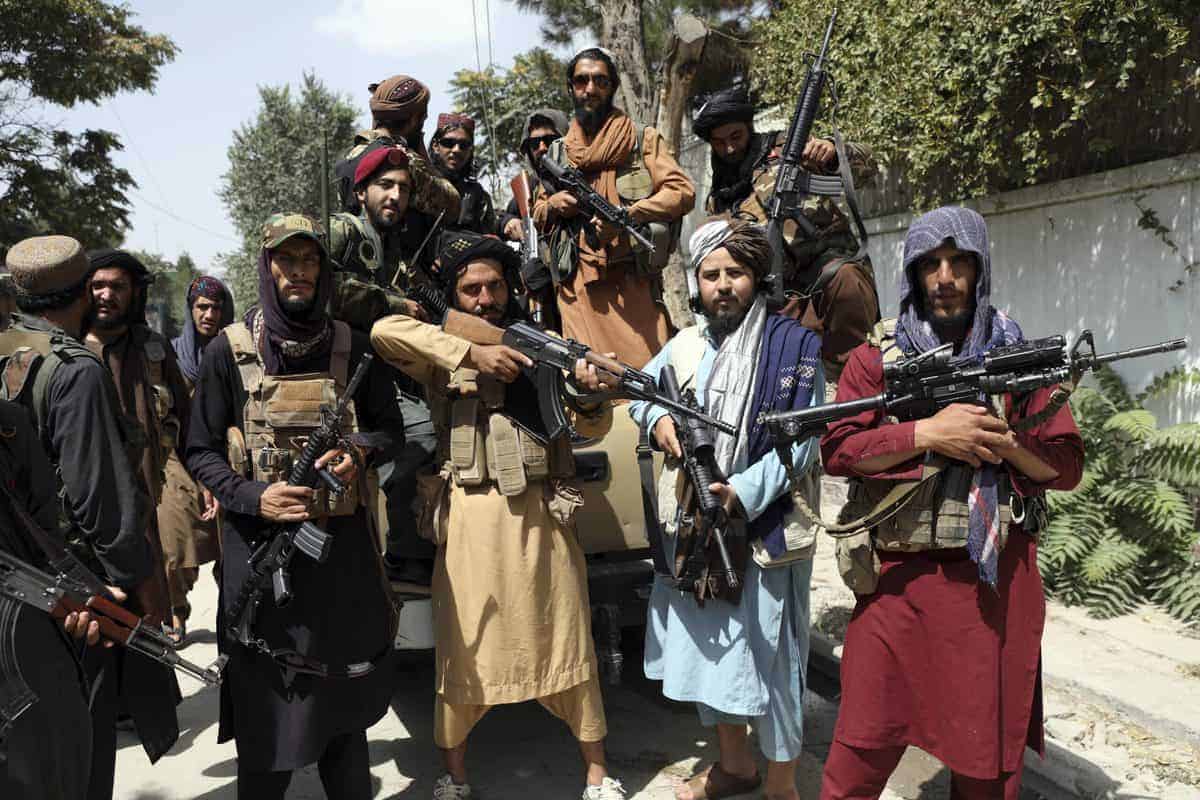
With Taliban coming to power in Afghanistan, the memories of horror stories of yesteryears have been rekindled. When in power they not only implemented their version of Sharia law but also undertook the horrifying oppression of women. That was not all; they went onto impose dress and beard code on men and went on to destroy the Lord Gautama Buddha’s statues in Bamiyan.
With their coming to power a small section of Indian Muslims felt that it is the victory of Islam over the foreign occupation and expressed their joy. The majority of Muslims, including Muslim women groups were horrified and came down heavily on the Taliban ideology.
It is in this background that statements of two notable Muslim celebrities created turmoil, though of different variety. Nasiruddin Shah came forward condemning those who are joyous with Taliban coming to power, saying that Indian Islam is different, it needs reform and modernity and not the barbarism of previous times. This statement was upheld by Hindu right wing organizations. The large section of Muslims appreciated his condemnation of those appreciating Taliban, approved for reform and modernity among Muslims but was skeptical about painting all Muslims in the same brush and calling the Muslims of previous centuries as barbaric.
The point is very clear that life of Muslims during last century or so cannot be compared to the same during the period of Kingdoms. While Muslim kings have been demonized, it is during this medieval period that India’s syncretism saw its peak, it’s during this period that Bhakti and Sufi, the high points of morality of religions, flourished with large followings.
Javed Akhtar has more than demonstrated his disdain for Muslim fundamentalism times and over again. One example of this being his saying Vande Matram in Rajya Sabha. His disdain for religious obscurantism is very obvious. He criticizes the faith based politics and religious orthodoxy with gay abandon. He went on to compare Taliban with RSS combine in India. And this did create a mini storm, with Shiv Sena mouth piece defending RSS and BJP MLA threatening that his films will be boycotted.
What has Akhtar in mind when he compares Taliban with RSS? Last few decades we have been seeing the ascendance of Hindu right wing politics here at home. With BJP coming to majority in the center, the influence of Hindu nationalism has intensified exponentially. The incidents of cow-beef lynching’s, the attacks on students in Universities (Kanhaiaya Kumar, Rohith Vemula), intimidation of Muslim minorities through steps like CAA-NRC. Love Jihad is another pretext for intimidating Muslim youth, (Shambhulal Regar killing Afrazul) has all been creating an atmosphere of Muslim community feeling being pushed to the corner. With incidents like Pastor Stains’ killing by Bajrang Dal’s Dara Sing, and the Kandhamal violence; large section of Christian community is also being snubbed.
One concedes that RSS is never directly involved in any of these incidents. There are layers through which its ideology of Hindu nationalism and agenda of subjugating the religious minorities operates. It has floated BJP, ABVP, VHP, Vanvasi kalyan Ashram and set up institutions, where they are ideological part of its combine but legally they are different. Starting right from Nathuram Godse, who was trained in RSS shakhas, it can always wriggle out of the situation by claiming it has nothing to do with those involved in the crime. The latest example is that of Panchjanya article, which criticizes Infosys for being part of conspiracy to destabilize Indian economy. It came forward promptly that Panchjanya is an independent institution, so RSS is not to be blamed.
Where Akhtar is right is in stating that the goals of both these organizations are similar, Taliban wants Islamic Emirate and RSS wants Hindu Rashtra. RSS also goes on to define that all those living here are Hindus, thereby submerging other religious identities into Hinduism. The other common factor is both are exclusively male organizations, with their own interpretation of Islam and Hinduism respectively.
As far as methodology is concerned there is no similarity in these organizations. Taliban’s cruelty, when it was in power, is very visible. It is a single organization which discharges multi layered functions from that of policy makers to its implementers on street. RSS has a structure in which one is sure that the person who is taking up lathi or gun may not be a member of RSS. Its ideology trickles down through multiple conveyer belts and at the level of implementation the person mobilizing the foot soldiers for action is a link in the informal chain, chain of ideology of Hindu nationalism.
Last century or so has seen the rise of fundamentalism, communalism in many countries. This has taken place mainly in the post colonial states, partly in the imperial powers also. Surprisingly the first fundamentalism was the Christian fundamentalism in America when women and African Americans started coming to the social space in 1920s onwards. In West Asia the rule of colonial powers has ensured that those wedded to pre modern hierarchies of class, caste (in India) and gender survive the changes brought in by industrialization and modern education.
This fundamentalism-communalism combo has diverse strategies depending on the country where they want to impose themselves. The values of Liberty, Equality, Fraternity and Justice, which should be accompanying the modern societies, are presented as being ‘alien’ western. Their common agenda is to revive the values of birth based hierarchies as part of our revered religion or as part of our golden past.
These modern values are being linked to the colonial masters and one of the projects of this politics is to ‘decolonize’ the society, this is a ploy to oppose liberal, plural values which should be accompanying the modern societies.
Naseeruddin Shah is making a broad sweep and missing the transition from feudal society to industrial society while wanting the Muslim society to reform and progress to modernity. Akhtar is on the dot in seeing that such organizations have revivalist agenda in the garb of religion. But he misses the point of finer nuances which make these organizations unique in their situation and are not comparable in totality.
Views expressed are personal

